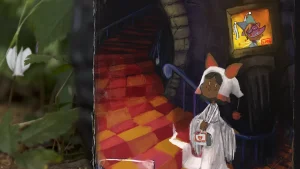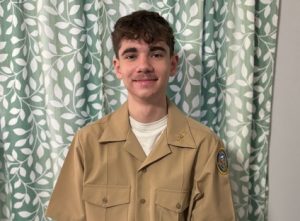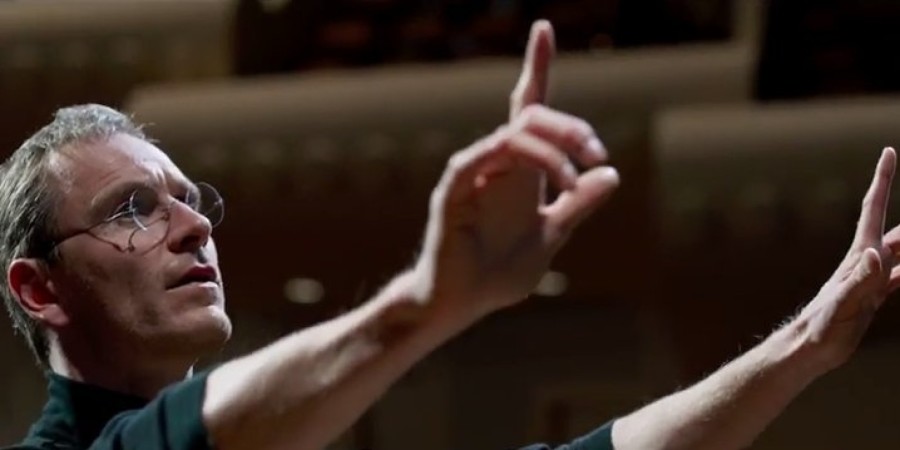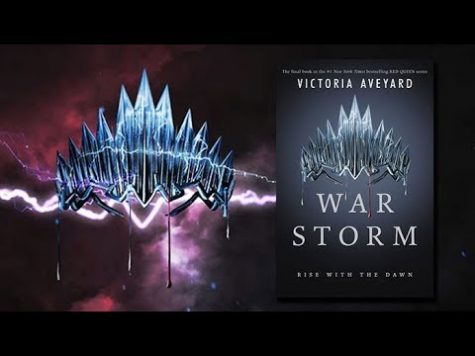Latest ‘Steve Jobs’ Movie Best Yet
Forget that incredibly mediocre 2013 Ashton Kutcher Jobs. Danny Boyle’s Steve Jobs is the definitive movie about the Apple tech whiz.
Written by Aaron Sorkin and based off Walter Isaacson’s biography of the same name, it was bound to be fast paced. After all, this is the same guy who wrote The West Wing, The Newsroom, and the Oscar-winning The Social Network. So if he can tackle Mark Zuckerberg, he most definitely can tackle Steve Jobs.
But Steve Jobs is far from a typical biopic. In fact, it’s approach is refreshingly original. Rather than follow the life and time of Jobs, it instead focuses on three key product launches: 1984’s Macintosh, 1988’s NeXT, and 1998’s iMac, each shot in real time (meaning the plot covers the same amount of time as the run time).
Danny Boyle (Slumdog Millionaire, 127 Hours, Trainspotting) was a perfect choice for directing this. His visual style, odd angles, and restless camera movements suit Sorkin’s fast-paced script and dialogue like a glove. Similar to Steven Soderbergh’s Traffic, Boyle chose to shoot each segment with a different type of film to emphasize the time period.
Starting out in 1984 (shot on grainy 16mm), Steve is rushing to get the Macintosh launch ready. The very first shot is Steve and Macintosh team member Andy Hertzfeld (Michael Stuhlbarg) arguing about why the voice demo won’t work.
Steve is played by Michael Fassbender, one of the best actors working today, who gives one of the best performances of the year. He fires off insults and commands left and right, not afraid to hurt someone as long as it means the demo goes well.
Some will argue whether the real Steve was like this, but when the performance is this good, it hardly matters. Helping him with the launch is Steve Wozniak (an unrecognisable Seth Rogen), Joanna Hoffman (Kate Winslet) and John Sculley (Jeff Daniels). He also gets a visit from his ex-girlfriend Chrisann Brennan (Katherine Waterston), who is mad at him for denying that he is the father of her daughter, and because of a comment he made about her in TIME.
1988 (shot in 35mm) has Steve getting ready to launch NeXT, after having left Apple three years earlier. Once again, we get visits from the same six people, most of them mad at him for new reasons. In the middle of the segment (and the movie in general), Sculley approaches Steve to ask him why everyone thinks he fired him, even though Steve chose to step down. What follows in a breathtaking sequence of Sculley and Jobs firing words back at each other, spliced perfectly with flashbacks to the actual event. It’s an amazing sequence, breathtakingly acted, written, and directed, and easily the best scene in the movie.
1998 (shot digitally), now has Jobs unveiling the iMac, still at odds with the people that surround him. This is also when he started wearing black turtlenecks and jeans, so seeing Fassbender dressed like that is fun.
Similar to The Social Network, the movie isn’t just about technology. The scenes about his daughter give the movie an emotional boost, something that most people can understand and even relate to.
For the most part, it’s a fairly flawless movie. Large ensemble pieces like this usually struggle with finding a purpose for everyone to be in it. That’s not the case here. Everybody is critical to the plot, and they all do a great job. Jeff Daniels, after three years of The Newsroom, is now an expert at Sorkin dialogue and is typically great. Michael Stuhlberg does an uncanny Andy Hertzfeld (just look up pictures of the two). My biggest concern was how Seth Rogen would hold up, considering he’s never done a serious role, but even he managed to surprise me with how good he was. Oddly though, the weakest was Kate Winslet. Her performance wasn’t bad, per say, but she just couldn’t nail the Polish accent. The first act it’s barely recognizable, yet by the second it’s incredibly heavy.
If this movie has a flaw, it would have to be it’s accuracy to the real life events. Sorkin admitted that all the interactions were fabricated. In reality, Jobs didn’t really keep running into the same six people every time he unveiled something groundbreaking. Even Danny Boyle called the film “a painting, not a picture”, which is probably the best way to put it.
Steve Jobs may not have documentary-style accuracy about its subject matter, but why should it? There’s already a handful of documentaries about him out there, why do we need to keep telling the same story. In a similar fashion to 1984’s Amadeus, it sacrifices facts for entertainment. It works.
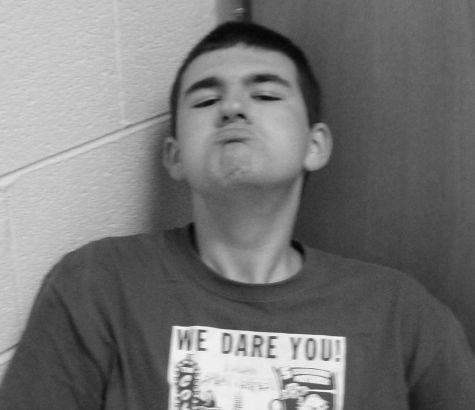
James Mason is a writer for Temple University. When not writing for the newspaper, he can be found at home reading badly, writing badly, viewing bad...


